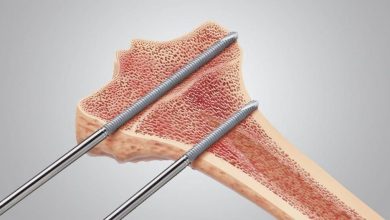The Role and Responsibilities of a First Aider

First aiders are appointed persons who are on-hand to deal with an emergency situation involving illness or injury of a person. It is also their role to care for the safety and well-being of any onlookers and bystanders. A first aider must be suitably qualified, competent and hold the relevant certificates to confirm that they are able to deliver first aid safely and effectively.
According to the NHS, first aid may include burns, eye injuries, head injuries, choking, shock, anaphylaxis and much more. First aiders may be required to deliver cardiopulmonary resuscitation (CPR) either manually or using a defibrillator, as well as maintaining the integrity of an airway by implementing and maintaining the recovery position for the injured. They may need to apply and maintain pressure on areas of bleeding. First aiders may also be responsible for transporting or accompanying the sick or injured person to hospital.
Why is first aid so important?
First aid can be a matter of life or death, especially when waiting for the arrival of suitably qualified medical and emergency professionals. It is crucial in preserving life, preventing decline and in promoting recovery. First aiders prevent risk, save lives, and take on the responsibility of ensuring the immediate health and safety of casualties.
The role of the first aider in the workplace
All places of work should have a designated first aider who can respond to emergencies and take care of ill or injured persons. This is in accordance with the Health and Safety (First Aid) Regulations 1981. Employers have a duty of care to their staff. First aiders in the workplace should hold the necessary certification and training to carry out this role safely and competently. Qualifications include FAW or EFAW training. For first aid at work Gloucester training and certification, more information can be found at specialists such as tidaltrainingdirect.co.uk/training-courses/first-aid-at-work/first-aid-at-work-gloucester/.
Many firms offer specialist workplace qualifications focusing on first aid in the workplace and additional studies and support in higher risk, industry specific areas, such as manufacturing or outdoor commercial activities.
Any necessary first aid training and certification should always be via a recognised and regulated qualification route. First aid at work training should also satisfy the requirements of the HSE. There are many specialty first aid training courses now available, such as emergency first aid, paediatric first aid and mental health first aid.






